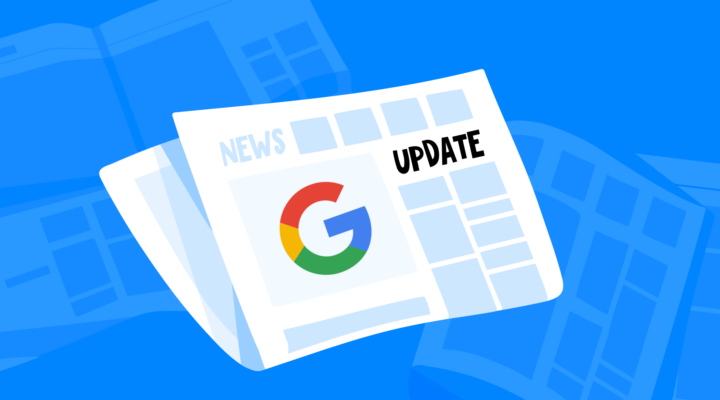Why are sessions lower in GA4?
The apparent decrease in sessions when switching from Universal Analytics (UA) to Google Analytics 4 (GA4) can be explained by the different session accounting in UA and GA4.
With UA, a session is counted when:
- A user lands on your website.
- A user accesses your site from a new traffic source or medium.
- A session in UA concludes after a 30-minute period of user inactivity or when the clock strikes midnight (based on your analytics time zone).
However, with GA4, sessions are derived from an Event dubbed ‘session_start’, which is activated similarly to how it is in UA. The two main distinctions are:
- Sessions do not reset at midnight.
- Sessions do not commence anew when fresh campaign parameters are detected.
Due to the changes in how sessions are counted, you may see fewer sessions in GA4 compared to Universal Analytics.
Fixing Unassigned Traffic in GA4
Unassigned Traffic in GA4 refers to website traffic that is not attributed to a specific channel group. GA4 can categorize different traffic sources into broader categories, and there are currently 18 default channel groups. You can find the list with default channel groups and all guidelines on how traffic sources are assigned to these groups in Analytics Help.
However, if a traffic source (i.e., medium, source, or other parameter) doesn’t comply with these rules, its Default Channel Group will be listed as unassigned.
Here’s how you can start reducing the amount of unassigned traffic.
Implement Accurate UTM Tagging
Incorrect UTM tags can lead to ineffective marketing strategies and skewed data. Always include the correct source and medium when using UTM tags, as these are mandatory parameters.
Creating a master system—in a Google Sheet, for example—can help your marketing team effectively manage UTM tagging. Another great tool to explore is Google’s Campaign URL Builder.
Adhere to Google’s Default Channel Grouping Guidelines
When creating UTM tags, abide by Google’s rules to ensure that your traffic is attributed to the right source. For example, if you improperly tag a URL for a mobile push notifications campaign, GA4 won’t recognize it and will label it as unassigned.
Channel grouping rules for mobile push notifications:
- Medium ends with “push”
OR - Medium contains “mobile” or “notification”
OR - Source exactly matches “firebase”
Wrong URL: https://travelpayouts.com/?utm_source=mobile&utm_medium=mpn
Right URL: https://travelpayouts.com/?utm_source=firebase&utm_medium=mobilepush
For more information, see Google’s default channel definitions.
Verify the Tracking Installation
Ensure that your tracking code is properly embedded on all pages before the closing </head> tag. You can check whether this code is on all pages with browser extensions like Tag Assistant or GA4 Debugger.
Examine Cross-Domain Tracking
This will help maintain UTM parameters as users navigate through different pages or your marketing funnel without losing these users due to redirects among various domains. Make sure to also review the referral exclusion settings in your GA4 account.
Activate Auto-Tagging
While manual tagging has its issues, it’s necessary for some ad platforms. However, if you use Google products like Google Ads, you can link them to your GA4 account and activate auto-tagging.
The advantage of auto-tagging is that even if you apply incorrect UTM tags, they will be replaced by auto-tagged values.
If, despite all these measures, you still have unassigned traffic in your reports, it may be acceptable, provided it’s not a significant portion.
How Does the GA4 Transition Affect SEO?
The transition to GA4 has significant implications for SEO, though it doesn’t directly affect SEO performance. GA4 enables businesses to gather more comprehensive data about user behavior on their websites, facilitating the development of more targeted SEO strategies.
The migration to GA4 presents a new challenge for SEO specialists since they need to adapt to the changes in analytics and data storage that this new version introduces. However, making this transition will be necessary for businesses to maintain continuity in reporting.
GA4 can provide precise conversion data from specific pages and search terms, valuable information that can help businesses optimize their SEO strategies. Furthermore, GA4 has changed the logic of how it collects data, which could influence how businesses analyze their SEO strategy.
In summary, while the GA4 transition does not directly impact SEO, it does change how businesses will collect, analyze, and use data, ultimately influencing their SEO strategies.





